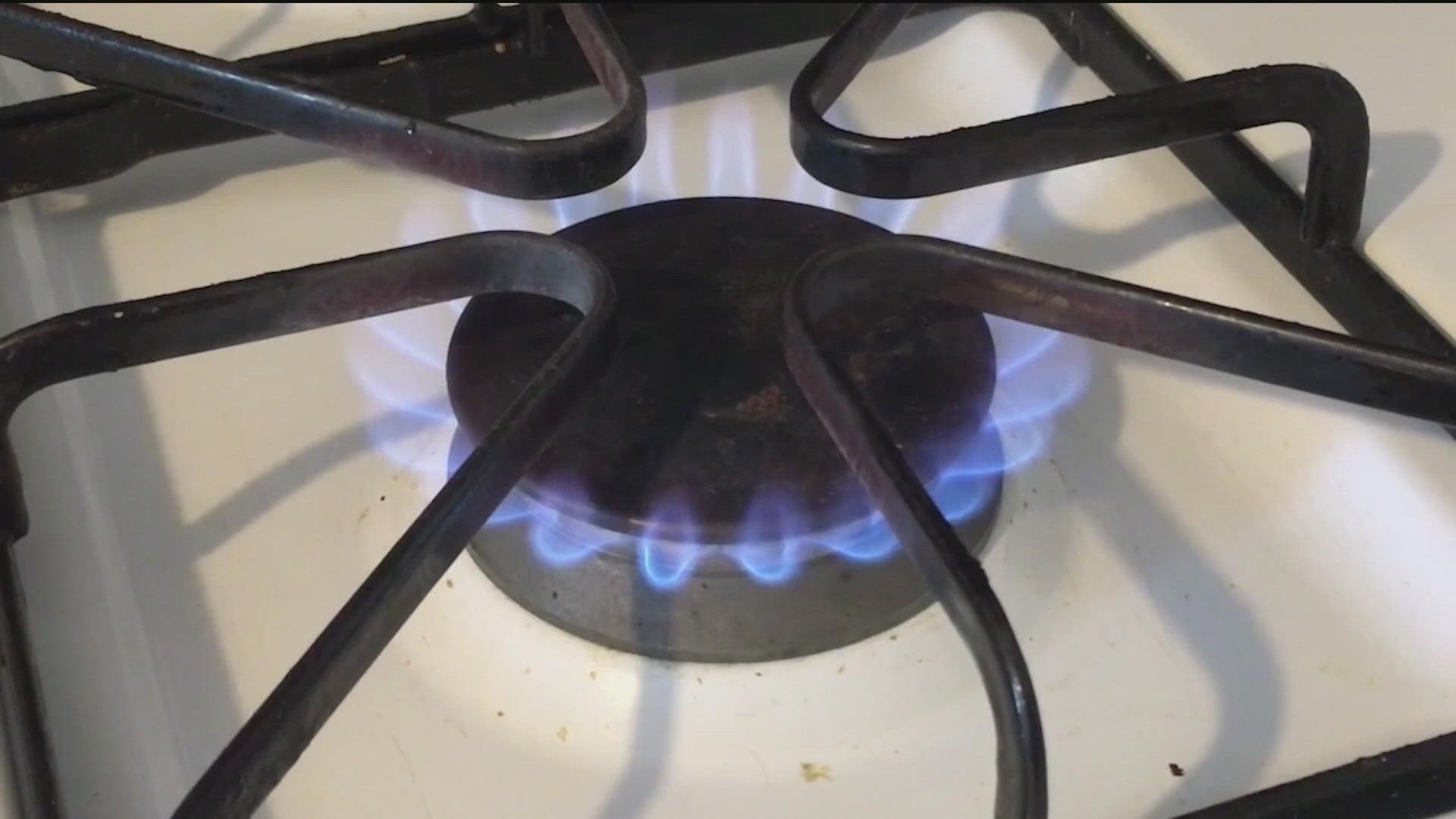SAN DIEGO — A new study finds that gas stoves in California homes are leaking dangerous chemicals, including benzene.
While more research is needed to determine exactly how many homes have leaks, a previous study has shown that these leaks can occur even when the stoves are turned off.
Gas stoves
This most recent study found that every year here in California, over four tons of the cancer-causing chemical benzene are leaked into the atmosphere from outdoor pipes sending gas to homes and other buildings. That's the equivalent to the benzene emissions from 60,000 vehicles.
Just as concerning is what this study found inside California homes with gas appliances, building on data from that previous study.
"We measured before gas stoves while they were off, while they're on, while they're turning on and off. and we found that natural gas can be leaked at any one of those points. even when they're off, they are emitting small amounts of gas into your home even if you can't smell it," said Eric Lebel, the study's lead author and a senior scientist at PSE Healthy Energy, an energy research and policy institute in the Bay Area.
In this new study, gas samples from 159 homes throughout California were collected, including in San Diego.
"Every sample of gas had levels of hazardous air pollutants in the gas," Lebel told CBS 8.
These include compounds which the EPA has determined to be potentially dangerous to human health. The most concerning among these is benzene, which was detected in all but one of the samples collected.
"Benzene is a known human carcinogen, it's a reproductive toxin, and it could cause blood disorders," he added.
There is no safe recommended level of benzene exposure, according to the World Health Organization.
Some of the worst cases with the highest levels of gas emission and largest concentrations of benzene were comparable to living in a home with a smoker, according to Lebel.
Los Angeles
Homes in the greater Los Angeles, the North San Fernando Valley, and the Santa Clarita Valley areas had the highest benzene in gas levels.
San Diego's concentrations, compared to the rest of California, were among the lowest.
"Just to say that they were lower than other parts of the state doesn't mean that they were low overall," Lebel cautioned. "They were still higher than what we found in Boston, for instance."
Protection
So what you can you do to protect yourself, short of phasing out gas appliances in favor of electric ones?
Increasing ventilation is key. Lebel recommended turning on the exhaust hood, if you have one, when you're cooking.
"The next best thing is to open a window near where you are cooking, and perhaps put a fan in your window," he added.
Three years ago, Berkeley was the first city to ban gas hook-ups in new homes and buildings. Since then, dozens of other cities have followed suit, including San Diego.
Last August, San Diego City Council voted to ban natural gas in new construction while electrifying nearly all existing buildings over the next 12 years.
WATCH RELATED: How household appliances are polluting air in California (February 2022).

